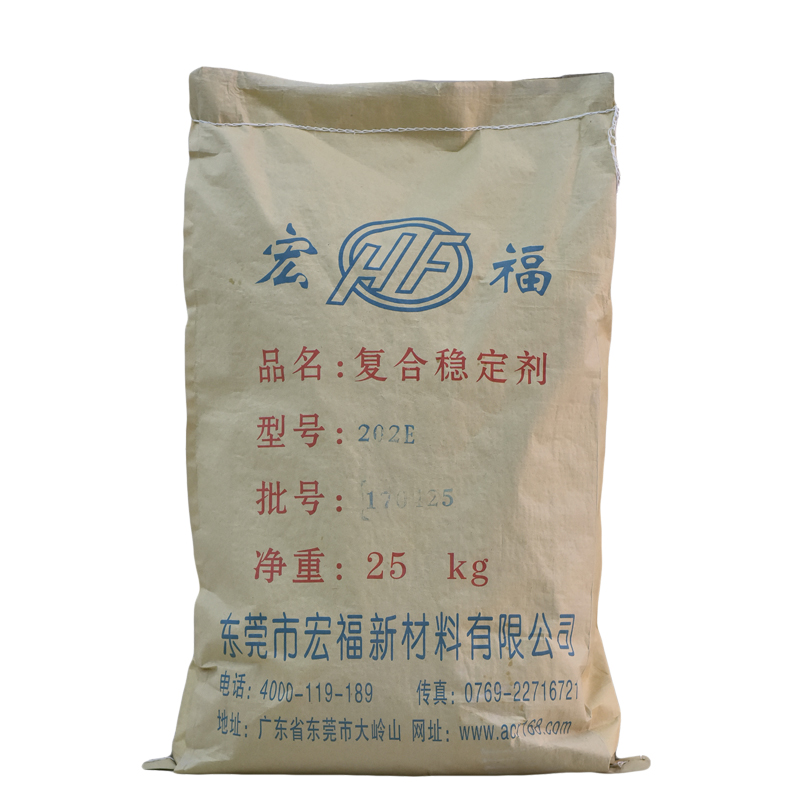Since the 1980s, countries around the world have successively put forward requirements for prohibiting the use of lead salt and cadmium salt stabilizers:
1. Europe
1. The European Committee for Standardization approved the EN71-3 standard on March 11, 2000, which restricts eight soluble heavy metals, of which the lead limit is 90mg/kg;
2. The European Parliament passed the Environmental Protection Act 76/769/EEC-PVC Material Environmental Protection Green Paper in 2000, which requires that from August 2003, the use of 18 kinds of harmful substances such as lead salts should be prohibited in electrical materials until 2015. A complete ban on the use of lead salt stabilizers;
3. On January 27, 2003, the European Union promulgated the "Restriction of the Use of Certain Hazardous Substances in Electrical and Electronic Equipment Directive" (RoHS), which clearly stipulates that from July 1, 2006, all large-scale products placed on the EU market, Small household appliances, IT and remote equipment communication equipment, audio-visual equipment, lighting equipment, electrical and electrical tools, toys and leisure sports equipment, vending machines and other eight types of mechanical and electrical products shall not contain lead, mercury, cadmium, hexavalent chromium, PBB, Six harmful substances such as PBDE;
4. On July 6, 2005, the European Parliament and the Board of Directors promulgated the Directive 2005/32/EC (EuP) on the development of a framework for environmental protection design requirements for energy-consuming products, which aims to improve the overall environmental performance of products and ensure the security of energy supply. , which covers all available products. Its impact on my country's plastics industry will be more serious than RoHS and REACH regulations;
5. On February 28, 2006, the European Parliament and the Council of the European Union proposed the "Regulations on the Registration, Evaluation, Authorization and Restriction of Chemicals", that is, the REACH regulation, which came into effect on June 1, 2007. The lead limit standard 1000mg/kg.
Second, the United States, Canada and other countries
1. The U.S. Consumer Product Safety Commission promulgated documents No. 95-150 and No. 4426 in 1996, stipulating that from September 1996, the United States will only allow PVC products with a lead content of less than 200×10-6 to enter the market.
2. Some countries in Canada and South America have also promulgated regulations prohibiting the use of lead-based stabilizers in PVC products, such as Health Canada Document No. 1994-48.
3. In Japan, the Automobile Industry Association has launched a series of actions to replace lead-based stabilizers with calcium-zinc stabilizers in related PVC products. one third. SONY has established a green partner system, and began to implement product engineering technical standards on July 1, 2002, stipulating that the lead content in plastic products should not be higher than 100×10-6 and the cadmium content should not be higher than 5×10-6 .
3. Domestic
1. On February 28, 2006, seven national ministries and commissions issued the "Administrative Measures for the Control of Pollution from Electronic Information Products", which set up similar RoHS directives for lead and cadmium toxic substances. The Ministry of Information Products and other seven ministries and commissions jointly issued , which came into effect on March 1, 2007;
2. The national toy safety technical specification defines the maximum limit of migratory elements in toy materials, and lead is 90mg/kg;
3. The safety evaluation standards for drinking water transmission and distribution equipment and protective materials, in which the limits of heavy metals have been significantly revised: the lead leaching amount is 200 times lower than 0.005mg/L; the announcement of the Ministry of Construction in 2004 clearly pointed out The UPVC pipes for water supply pipes used nationwide must be stabilized by non-lead salts, while the new GB/T10002.1 standard, which has been implemented since August 1, 2006, states that PVC pipes for drinking water must be stabilized by non-lead salts. The latest national standard GB21550-2008 "Limits of Hazardous Substances in Polyvinyl Chloride Artificial Leather" was implemented on March 1, 2009, and the content of soluble lead in artificial leather should be no more than 90mg/kg, and the content of soluble cadmium should be no more than 75mg /kg.
It is undeniable that Western industrial countries have formulated regulations and issued these policies because of their technological maturity and economic affordability. The market share pursued by Chinese enterprises is the publicity and use value of products. Therefore, The R&D and application of alternative products have not been actively responded to, resulting in further increased pressure on environmental protection and serious deterioration of the export situation. Today, most companies are helpless and their production and operation are in trouble. Therefore, when we look again at the above-mentioned environmental protection regulations, decrees and the current domestic use of stabilizers, our auxiliary production and plastic products processing industries should have long-term and effective plans to reduce or abandon the production and use of lead, cadmium and heavy metal stabilizers. In order to use more mature and environmentally friendly stabilizers.


